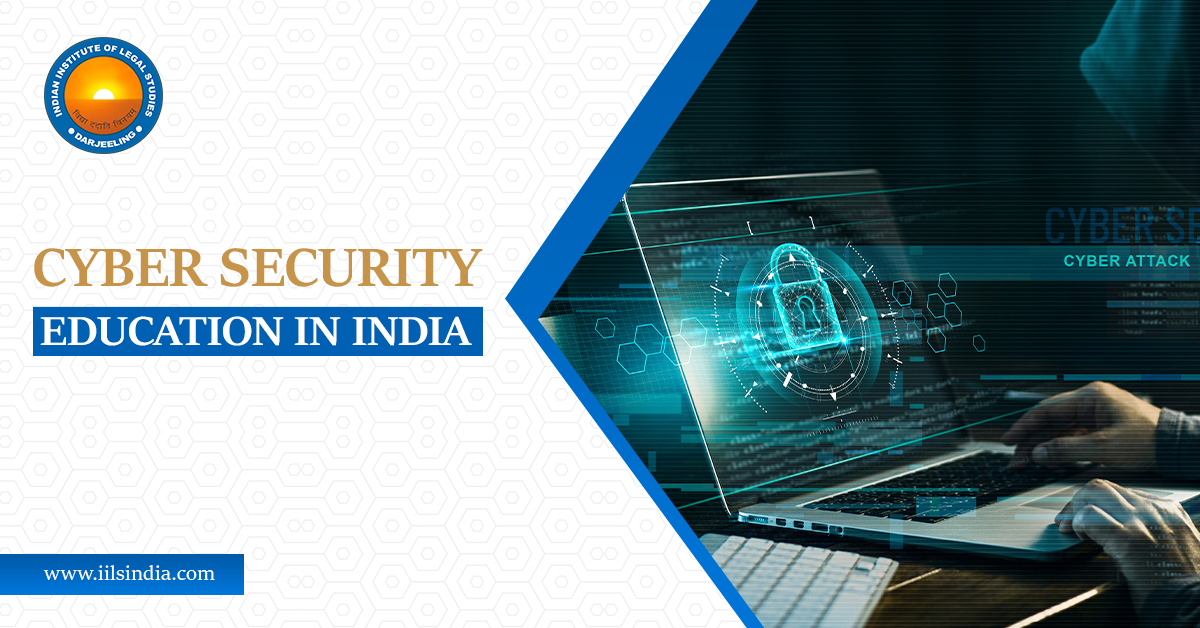Introduction
One of the biggest technological advancements in the communication industry is the internet. The shift from paper-based to paperless transactions is now achievable thanks to technology advancements. Additionally, as technology has advanced, people who live far apart have steadily come closer, creating a global information sharing community. Furthermore, it has emerged as a well-liked location where people may freely express and share their views, opinions, and information. Additionally, providing them with lots of chances to communicate, establish connections, and express their ideas globally. Consequently, this new emergent world has given rise to a new virtual world known as cyberspace, which has its own distinct features and qualities. The increasing prevalence of the internet and the growing importance of digital technologies in education have made internet users more susceptible to cyberattacks and hacking. We shouldn’t let this stop us from utilizing the technology, either. Instead, to effectively handle such situations, one needs to be better prepared and equipped. This makes cybersecurity education in necessary. The essay explores the main justifications for including cybersecurity education in the curriculum. There are many best colleges for law which have incorporated cyber crime topics in their syllabus and impart knowledge related to cybercrime and laws.
Importance Of Cyber Security Education
Cybersecurity has emerged as one of the most important facets of our everyday life in the current digital era. Given the increasing connectivity of our personal and professional life to the internet, the significance of cyber security cannot be emphasized. It is now crucial for people and organizations to give cyber security awareness and education top priority to create a cyber security culture due to the spread of technology and the increase in cybercrime. Education is crucial to fostering a culture of cyber security as well as raising awareness of the issue. The greatest techniques and tactics for fending off cyberattacks are taught in cyber security education. This entails becoming knowledgeable about current cyberthreats, how to spot them, and how to put in place reliable security measures.
For both individuals and organizations, cyber security education is crucial since it can keep them informed of the newest trends and advancements in the field. Additionally, it can assist them in comprehending the legal and regulatory frameworks that control cyber security as well as the possible repercussions of breaking the law. Individuals and organizations can learn about the different dangers and hazards associated with cyber security as well as how to defend themselves from these attacks by promoting education of the significance of cyber security. This entails being aware of the significance of using strong passwords, the risks associated with using public Wi-Fi, and the necessity of routinely updating security and software. Many best colleges for law engage in creating awareness on cyber crime and how to protect oneself from frequent cyber-attacks. This in turn helps masses to educate themselves on the cyber security.
Conclusion
Developing a cyber security culture necessitates collaboration between all parties involved, including, educational institution individuals, groups, and governmental entities. The first stage in establishing a cyber security culture is to develop awareness and education campaigns that provide people and organizations the information they need to defend against cyberattacks. various best colleges for law also plays a pivotal role in creating cyber security education and awareness.
By putting in place robust security policies and processes, investing in cutting-edge security technologies, and providing staff with cyber security best practices training, organizations may significantly contribute to the development of a cyber security culture. Governments can also play a role in fostering a culture of cyber security by establishing guidelines and standards that encourage the use of best practices and by offering organizations and individuals assistance and resources.

